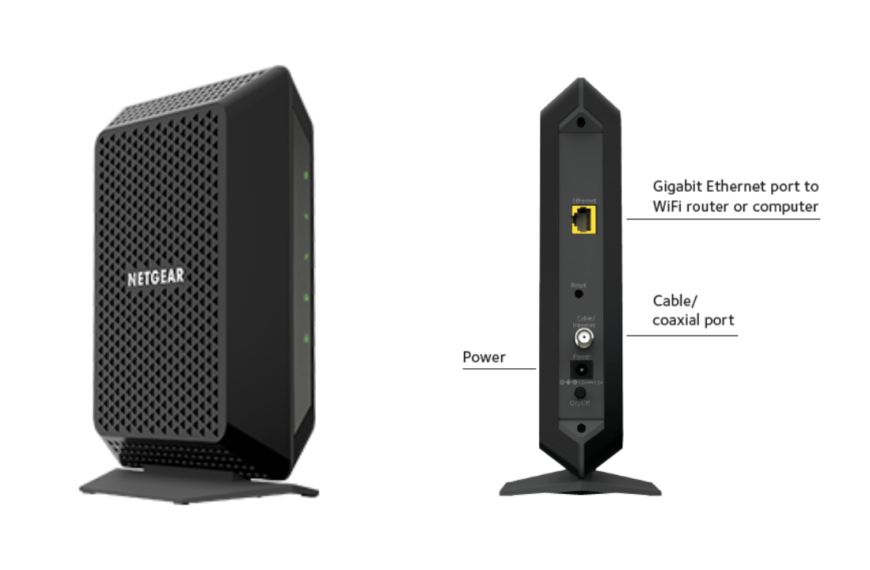As electric vehicles (EVs) continue to gain momentum worldwide, building a smart and efficient EV charging infrastructure is more important than ever. One of the key drivers behind this transformation is Data Science—a powerful tool that enables better planning, smarter operations, and a seamless user experience. From identifying optimal locations to managing power loads, Data Science is helping shape the future of EV charging.
Smart Site Selection Through Demand Forecasting
The first step toward a successful EV charging network is placing stations where they’re needed most. Data Science plays a pivotal role by:
- Analyzing traffic flow to pinpoint high-demand areas.
- Utilizing geospatial mapping to identify strategic locations.
- Forecasting peak usage times based on weather and historical patterns.
- Studying population trends to anticipate future charging needs.
This data-driven approach ensures that charging stations are placed where they offer the greatest impact—maximizing usage and user satisfaction.
Intelligent Load Balancing and Smart Charging
Charging infrastructure must be not only accessible but also energy-efficient. Here’s how Data Science helps achieve that:
- AI-based load management ensures balanced energy distribution across stations.
- Dynamic pricing models adjust rates in real-time based on demand and supply.
- Predictive analytics optimize station capacity to reduce congestion.
- Smart grid integration enables efficient energy use across the network.
These innovations minimize power loss, reduce operational costs, and enhance the sustainability of EV charging systems.
Real-Time Monitoring and Predictive Maintenance
Reliable operation is essential for user trust. With the integration of IoT and machine learning, charging stations can be proactively maintained:
- Sensor data monitoring identifies early signs of equipment wear or failure.
- Predictive maintenance minimizes downtime and costly repairs.
- Instant alerts keep operators informed of station performance.
- Usage trend analysis supports future infrastructure planning.
This ensures that stations remain functional and efficient around the clock.
Elevating the User Experience
For EV drivers, convenience is key. Data Science enhances user interactions by offering:
- Live availability updates via mobile applications.
- Optimized charging durations to reduce wait times.
- Location-based station suggestions tailored to user behavior.
- Personalized alerts for price changes, station status, and promotions.
By focusing on user-centric features, the charging experience becomes more predictable, comfortable, and user-friendly.
Future Innovations in EV Charging Optimization
The synergy between Data Science and EV charging is just getting started. Here are a few forward-looking trends to watch:
- Autonomous charging stations powered by AI for seamless plug-in experiences.
- Blockchain-enabled energy trading for peer-to-peer electricity sharing.
- Vehicle-to-grid (V2G) technology to allow EVs to return excess power to the grid.
- Predictive energy management systems that forecast energy needs in real-time.
These advancements promise a future where EV charging is not just a utility—but a fully integrated part of a smart energy ecosystem.
Read more: Sustainable Supply Chain: How And Why Businesses Should Implement One
Conclusion: Powering the Future of Clean Mobility
As the world transitions to electric mobility, Data Science is playing a critical role in optimizing EV charging infrastructure. From smart site selection to energy efficiency and predictive maintenance, its impact is profound and growing. The result? A cleaner, smarter, and more connected transportation future.
















